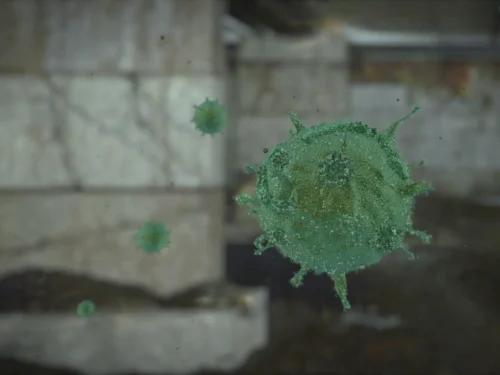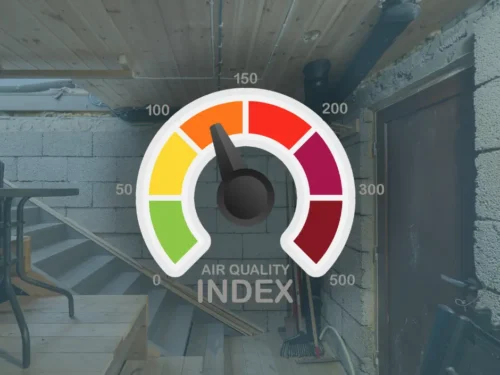Cracks in your home’s foundation can range from benign cosmetic fissures to critical faults threatening your property’s stability and value. Do you know the difference?
This blog offers straightforward advice on identifying various types of foundation cracks, their implications, and the appropriate steps to ensure the safety and preservation of your home’s foundational integrity.
What Are Foundation Cracks?
Foundation cracks are fissures or fractures that develop in the concrete or masonry of a building’s foundation, like in basements, crawlspaces, concrete slabs, wood, and pier & beam foundations. These cracks can occur due to various factors, such as soil movement, settling, temperature changes during changing seasons, or poor construction. While many are harmless, resulting from the natural curing process of concrete, some suggest deeper structural issues. Recognizing the signs of troubling cracks early can save you from costly repairs down the line.
Are Foundation Cracks Normal? When to Worry and What to Watch For
Not all foundation cracks mean disaster. In fact, some small cracks are completely normal — especially in new homes or after seasonal changes. But how do you know when a crack is just cosmetic… and when it signals a bigger issue?
Are Foundation Cracks Normal?
Yes — some foundation cracks are normal. These often occur as the concrete cures or the house settles in the first few years after construction.
Normal foundation cracks:
- Thin, hairline cracks (less than 1/8” wide)
- Cracks that don’t grow over time
- Vertical cracks in poured concrete walls
- Cracks that are dry and not letting in water
So if you’re asking, “Are cracks in the foundation normal?” — the answer is yes, but only under certain conditions.
Signs of Foundation Damage
- Cracks in Walls or Floors
- Doors and Windows That Don’t Close Properly
- Uneven or Sloping Floors
- Gaps Around Window Frames or Exterior Doors
- Visible Cracks on the Exterior Foundation
- Water Intrusion in the Basement:
- Bowing Walls
Types of Foundation Cracks

1. Horizontal Cracks
Horizontal cracks run parallel to the ground and are often a result of external pressure from soil pushing against the foundation walls. These cracks are considered potentially serious, especially if they show signs of widening over time, indicating a structural threat to the foundation’s integrity.
Action Steps
If you notice horizontal cracks, it’s important to act. Keep an eye out for any changes in the crack’s width—growing cracks are a sign that it might be time to seek further advice. Acting immediately can help keep your home safe.

2. Stair Step Cracks
Stair step cracks are shaped like staircases and are often found in brick or concrete block foundations. They usually form due to the foundation settling or shifting.
Action Steps
If you see cracks that look like stairs, you may need expert help. A small crack without any crumbling around the edges might just be a surface issue. However, if the space where the bricks or blocks join is falling apart, that’s a bigger problem.
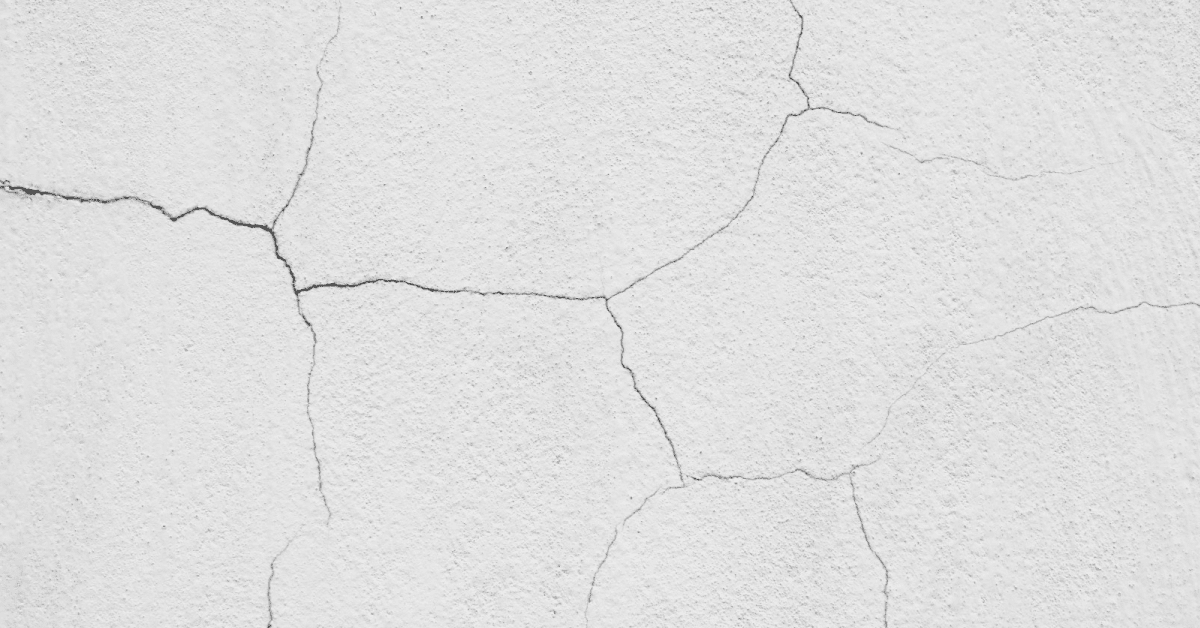
3. Hairline Cracks
Hairline cracks are very thin cracks that you might see running along your foundation. They’re usually caused by small movements in your house’s foundation or changes in temperature. For the most part, these tiny cracks aren’t something to worry about.
Action Steps
If you notice hairline cracks, it’s generally safe to simply monitor their stability, as they often do not impact the foundation’s structure. For aesthetic purposes, you can fill them with epoxy or a sealant.

4. Vertical Cracks
Vertical cracks run in an up-and-down direction and are typically a manifestation of the foundation settling or undergoing shrinkage as it ages. These formations are rather common, particularly in newer constructions that are in the process of stabilizing. Minor, narrow vertical cracks might not mean major issues; they are often simply sealed to prevent water damage.
Action Steps
If you see vertical cracks in your foundation, evaluate their severity. If the crack is wider than 1/4 inch, seek professional evaluation. Pay attention to any active vertical movement because this could represent underlying issues.

5. Diagonal Cracks
Diagonal cracks, which appear at an angle, often result from differential settlement of the foundation, meaning one part of the structure is sinking more than another.
Action Steps
If you observe diagonal cracks, pinpoint the cause, such as issues with soil or drainage, and consult a professional to determine if structural repairs are necessary.
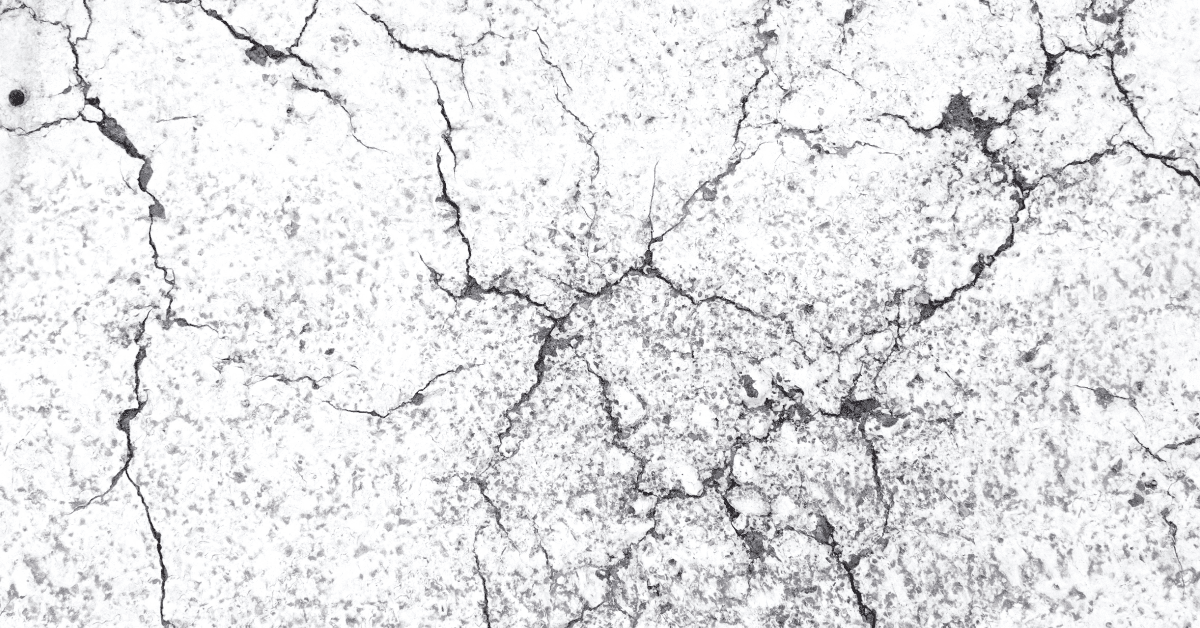
6. Shrinkage Cracks
Shrinkage cracks are small, fine cracks that appear due to the concrete curing and drying process; though they might be ugly, they are generally considered cosmetic issues rather than structural threats.
Action Steps
If you notice shrinkage cracks, it’s typically no immediate concern—they are common. For aesthetic purposes, you can choose to fill them with a sealant or simply leave them as they are.
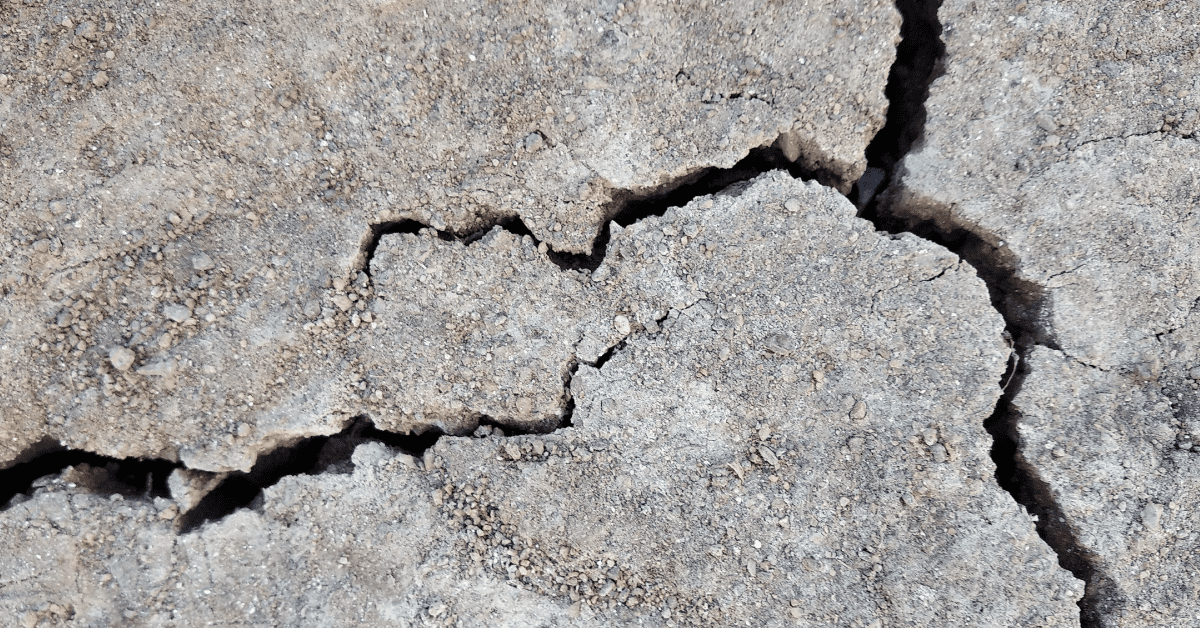
7. Foundation Slab Cracks
Foundation slab cracks are fractures that appear in slab foundations due to soil movement, temperature changes, or poor construction, with their severity ranging from harmless to serious.
Action Steps
If you discover foundation slab cracks, start by evaluating their size; large or widening cracks require immediate attention. Address underlying issues by considering soil stabilization and ensuring proper drainage around your home’s foundation.
When to Worry About Foundation Cracks
You should worry about foundation cracks if they:
- Grow wider over time
- Appear horizontally or diagonally
- Come with other signs like sticky doors or sloping floors
- Let in water, bugs, or cold air
- Appear suddenly after heavy rain or drought
These can indicate shifting soil, pressure from hydrostatic water, or even structural failure.
So if you’ve been Googling “when to worry about cracks in foundation” or “are foundation cracks normal in older homes” — the key is monitoring change. Movement = risk.
Quick Rule of Thumb
| Crack Width | Meaning |
| < 1/8 inch | Usually cosmetic, normal |
| 1/8″ – 1/4″ | Needs monitoring, possible concern |
| > 1/4 inch | Likely structural — call a pro |
Pro Tip: Take Photos and Measure Every 3 Months
Cracks that don’t change = usually safe.
Cracks that grow = act fast.
When in Doubt, Get an Expert Opinion
If you’re unsure when to worry about cracks in foundation or whether your foundation cracks are normal or something more serious, don’t wait. Our team at VFS offers free inspections so you can get peace of mind and a professional evaluation — no guesswork, no pressure.
A Word From Virginia Foundation Solutions
Evaluating foundation issues is a nuanced process that often demands expert judgment. Although certain types of cracks may not present immediate concerns, homeowners must learn to differentiate these from more serious structural threats.
At Virginia Foundation Solutions, we are dedicated to helping homeowners in Virginia Beach and beyond maintain the stability and integrity of their homes. With our specialized foundation repair services and strategies like dehumidifiers and waterproofing, we can identify foundation issues early on, distinguishing minor cosmetic cracks from much bigger structural concerns.
Schedule a free inspection for foundation and crawlspace repair, and take the first step towards securing your home’s foundation.




